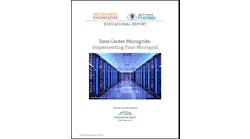How NREL Consumes 74% Less Energy Than National Average for Office Buildings
June 23, 2015
Podcast: Play in new window | Download
The National Renewable Energy Laboratory consumes 74% less energy than the national average for office space. NREL has a supercomputer, a plug-and-play megawatt smart grid and laboratories. The lab used state-of-the-art technologies to achieve the savings and took advantage of incentives from utility Xcel Energy. The total project cost of the efficiency efforts was $596,486, the lab got $259,915 in rebates, and the investment is expected to pay back in a little more than a year. Shanti Pless, senior research engineer at NREL explains what NREL did in this podcast.







